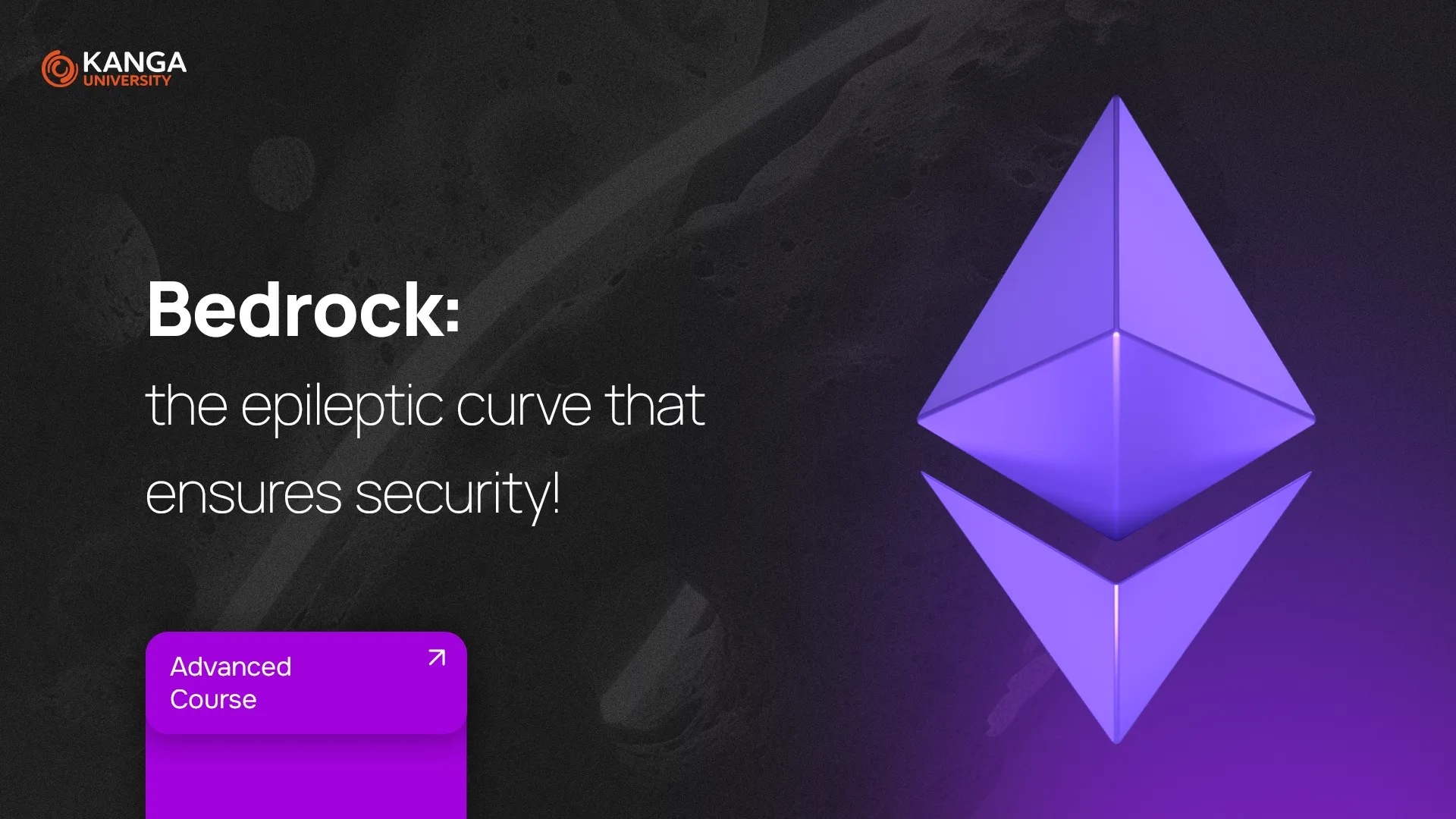
Imagine if your favorite app suddenly got faster, cheaper to use, and smoother overall. That’s basically what happened in the crypto world when Optimism, a layer 2 solution built on Ethereum, rolled out its major upgrade called Bedrock.
Optimism is one of the most popular tools for scaling Ethereum — making it faster and cheaper without changing the core of how Ethereum works. In June 2023, Optimism launched Bedrock, an upgrade that fundamentally changed how the network works — in a good way.
What Is Bedrock and Why Was It Introduced?
Think of Bedrock as a rebuild of Optimism’s core systems. It wasn’t just a patch or a tweak — it was a full-scale transformation designed to:
-
Lower transaction fees
-
Speed up fund transfers
-
Make the system more compatible with Ethereum
-
Make future upgrades easier
In short: it made Optimism much more efficient, developer-friendly, and future-ready.
What Did Bedrock Actually Change?
1. Cheaper Transactions
Bedrock introduced a new way to compress data and removed unnecessary fees tied to how information is sent to Ethereum’s base layer. This led to a 10–20% drop in gas fees compared to the older version of Optimism.
2. Faster Fund Transfers
Before Bedrock, it could take up to 10 minutes to move assets from Ethereum to Optimism. Now? Just 2–3 minutes. This is thanks to smarter syncing between Ethereum and Optimism.
3. Modular Design = Future-Proof
Bedrock was built like LEGO: different components can be updated or swapped out without rebuilding the whole system. This modular approach makes it easier to improve Optimism in the future without breaking anything.
4. Tighter Ethereum Integration
The upgrade made Optimism behave more like Ethereum. Developers can use the same tools, and apps can run almost exactly as they do on Ethereum itself — but with much better performance and lower costs.
How Bedrock Works Behind the Scenes (Without the Jargon)
Here’s what’s happening under the hood, in plain language:
-
Separated components: Different parts of the system can be updated independently.
-
Based on Ethereum’s tools: Bedrock reuses Ethereum’s most trusted software, especially the popular Go-Ethereum client (geth).
-
No Proof-of-Stake: Optimism doesn’t rely on validators like Ethereum does. Instead, it uses something called block derivation — a different way to sync up with Ethereum that’s simpler and faster.
-
Full support for key Ethereum features: Like EIP-1559 (a fee system), chain reorganizations (when Ethereum reshuffles blocks), and more.
What Does Bedrock Mean for You?
-
For users: Lower fees, faster transfers, and smoother apps.
-
For developers: Easier, more powerful tools to build the next generation of Web3 apps.
-
For the crypto ecosystem: A big step toward scalable, user-friendly decentralized finance (DeFi).
Current Status as of July 2025
Daily Active Users (DAU)
In July, the number of daily active addresses on OP Mainnet is around 105,000. This represents a decrease of approximately 5 percent compared to April, when it was around 110,000.
Total Value Locked (TVL)
TVL on OP Mainnet is approximately 9.58 billion USD, accounting for about 23.8 percent of the Ethereum Layer 2 market share.
OP Stack adoption
Base (Coinbase)
The number of active addresses exceeds 16 million. TVL is around 3.8 billion USD.
World Chain (Worldcoin)
There are around 2.1 million active addresses. TVL stands at approximately 520 million USD.
Unichain (Uniswap)
There are around 1.4 million active addresses. TVL is approximately 610 million USD.
Recent Bedrock updates
Bedrock 2.0, launched in March, increased rollup efficiency by approximately 50 percent.
Bedrock 2.1, released in June, introduced further data layer optimization, reducing calldata costs by 35 percent.
Cross-chain messaging was improved with version 1.2 of the messaging protocol.
On June 7, a temporary chain split occurred due to a gas refund inconsistency between op-geth and op-reth. The issue was quickly resolved by the OP Labs team.
Additional ecosystem developments
In June, the Season 8 governance update was implemented, introducing optimistic approvals and enhancing decentralization.
On June 30, Velodrome launched SuperSwaps, enabling native cross-chain swaps within the Superchain.
The OP DAO approved funding of up to 4.44 million OP for operations and 80,000 OP for infrastructure development.
On July 8, Optimism was integrated with the indexing platform Space and Time.
Future plans – Bedrock 3.0
For Q3 2025, further Layer 1 fee reductions of 40 percent are planned, along with the introduction of advanced account abstraction.
Expansion of the Superchain Registry is also underway, adding new interoperability criteria for DeFi applications.
Summary
Optimism remains one of the most efficient and rapidly evolving rollups in the Ethereum ecosystem. With successive Bedrock upgrades and the growing adoption of OP Stack, the network continues to strengthen its position as a leading Layer 2 technology standard.